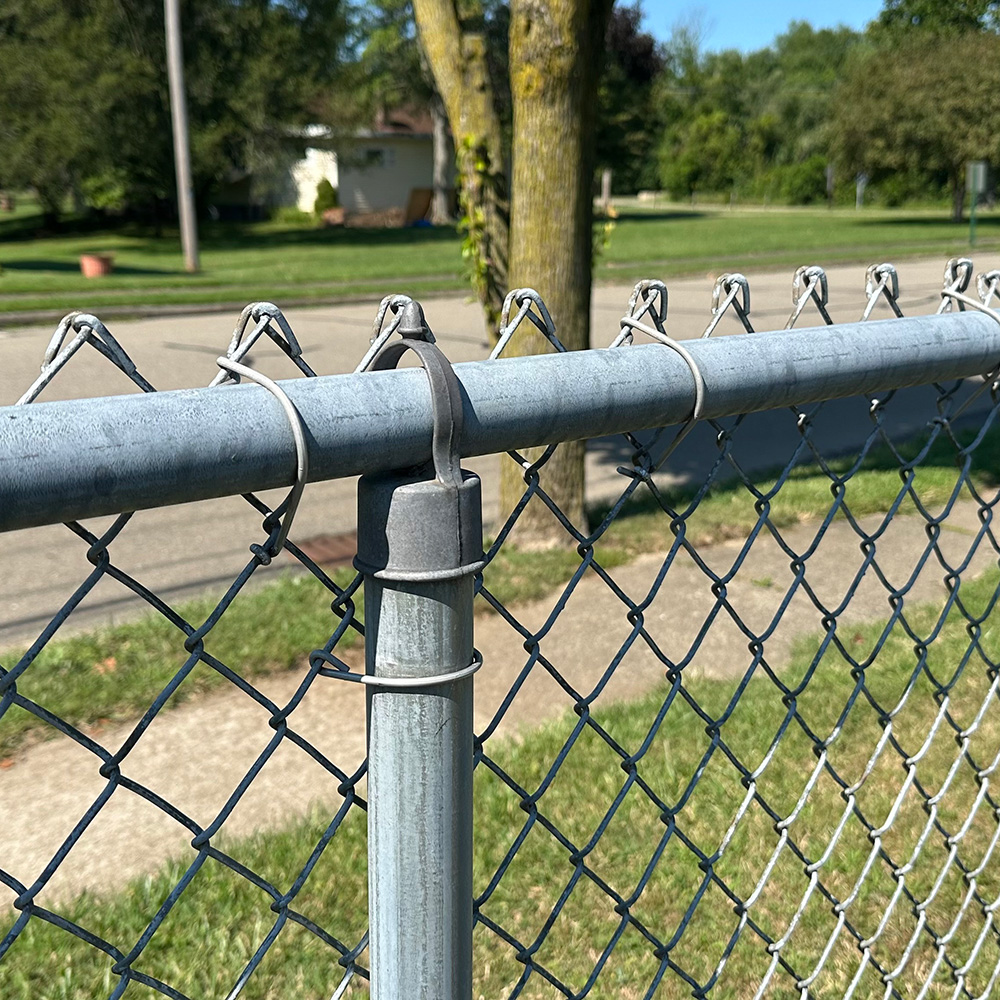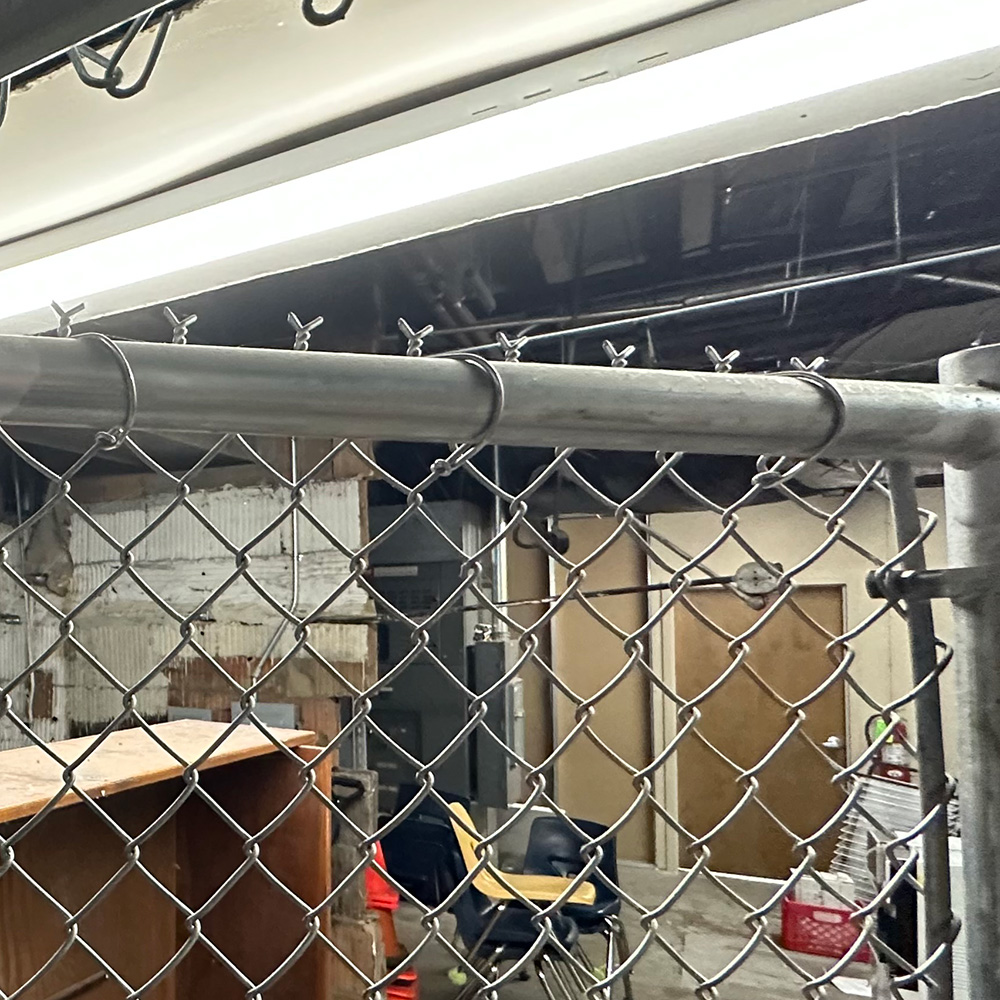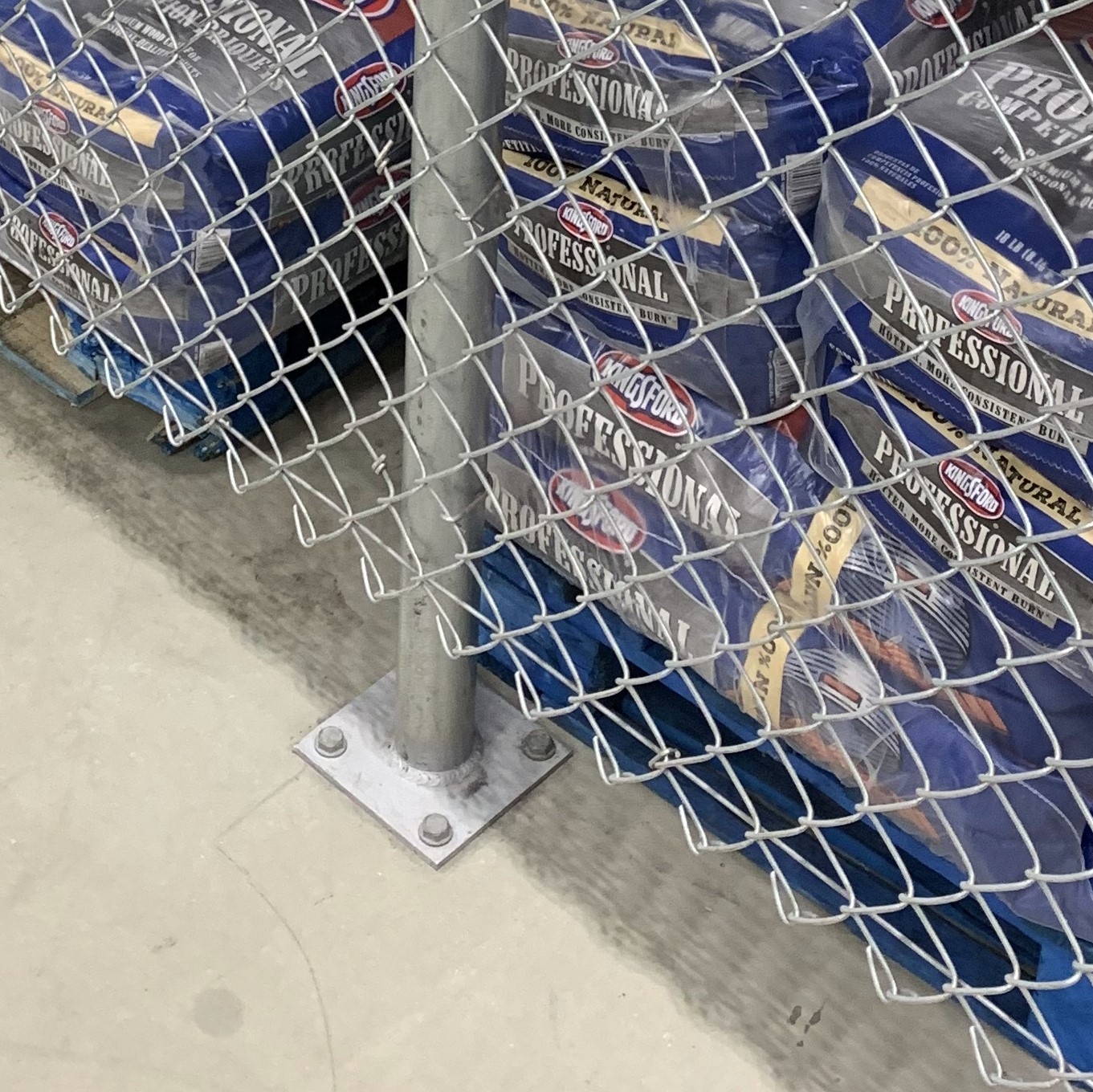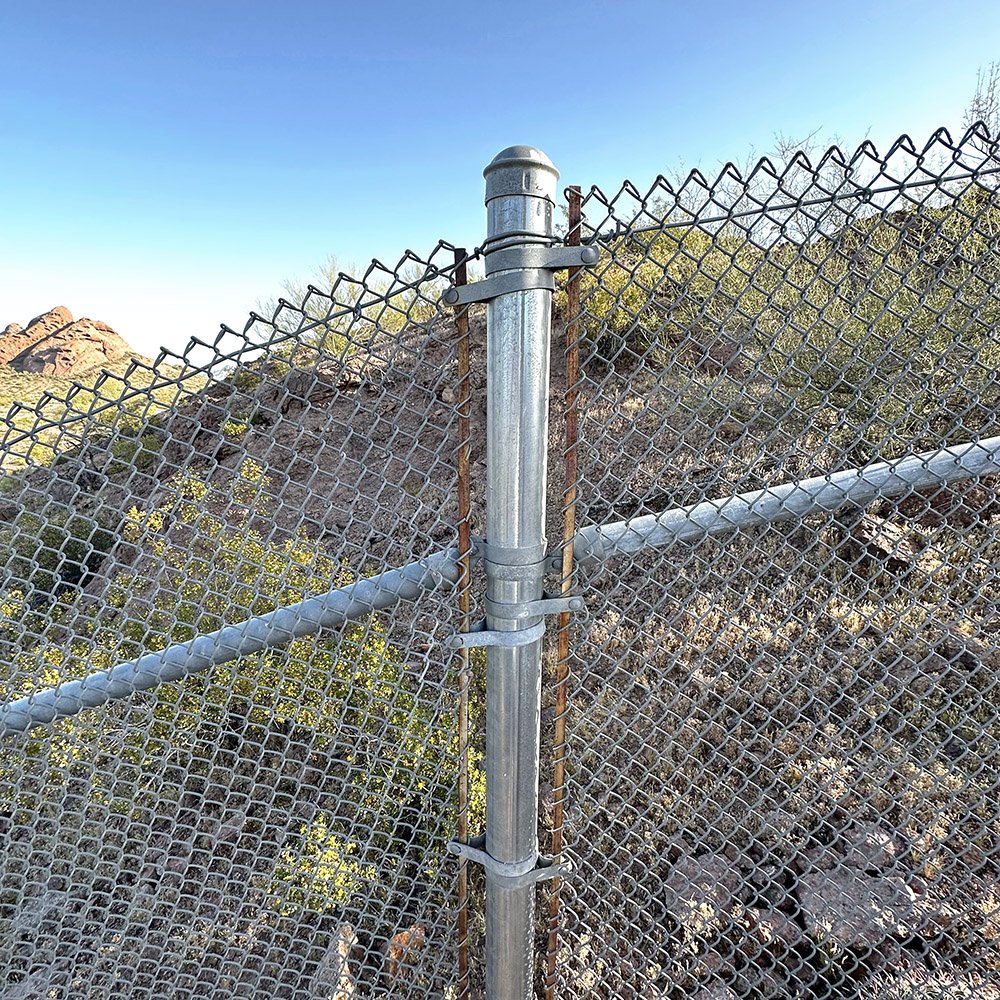Knuckle And Twist Selvage

Knuckle and twist selvage, otherwise known as knuckle twist, refers to how the mesh of the chain link fence is arranged. The mesh of a fence can be arranged depending on what it will be used for, referred to as the selvage. For example, usually, the selvage of a fence is woven into a knuckle, mostly used on residential chain link fences where sharp edges are discouraged since children or pets could injure themselves trying to reach over the fence. For twisted selvage, the wires are arranged in a helix and have a sharper edge. This discourages people from attempting to climb the fence. But is there any benefit to different styles of selvage?
Knuckle Selvage
Otherwise known as knuckle-knuckle wire, knuckle selvage offers a smoother fence experience and has no "barbed-like" mesh at the end. This style can be seen around playgrounds, parks, and other areas that will experience heavy pedestrian traffic. This is mostly what you will see in backyards.

Twist (Barb) Selvage
This type of selvage is also known as knuckle-barb. It can have a rough edge, and it is sharp at the top when touched. A knuckle is available at the bottom of the mesh, and the barb is at the top. This type of selvage is more common in industrial areas that require extra security.
Barbed-Barbed Selvage
The final selvage that is not seen often is barbed-barbed. This is a selvage type that is sharp at the top and bottom and does not have a knuckle. If you decide to use this selvage, you should order it beforehand to account for this unusual type of selvage.
Should I Use Any Barbed Selvage In A Residential Chain Link Fence?
Usually, it is not a good idea to use barb selvage in any residential chain link fence. If a chain link fence is less than 6 feet, it can be reached by people and often causes injuries. Plus, barbed selvage on a mesh fence usually only works with fences that have a mesh that has a size of less than 2 inches.




